Restoring "human connections" through a place where people of all generations can come together
- #Tohoku
- #social good
- #Regional activation
- #Sustainability
Rie NumasatoArai Town Management General Incorporated Association
Secretariat Deputy Director
Naomi KajimuraNOMURA Co.,Ltd.
Creative Headquarters, Planning and Production Center, Planning Department 2, Room 5, Room Chief
Tsuyoshi TochiyamaSTUDIO 080
Community Manager
Planning & Design: Creating a base for community revitalization
Fukunuma Umino Square
Miyagi/Sendai
Thirteen years have passed since the Great East Japan Earthquake. There are some areas where reconstruction has finally begun.
What kind of reconstruction do they aim for in the disaster-stricken areas where people are still unable to live?
The challenge continues to revive the connections between people that once existed, and to create new community spaces where people of all ages can gather and connect.

I want to revive the "connections between people"
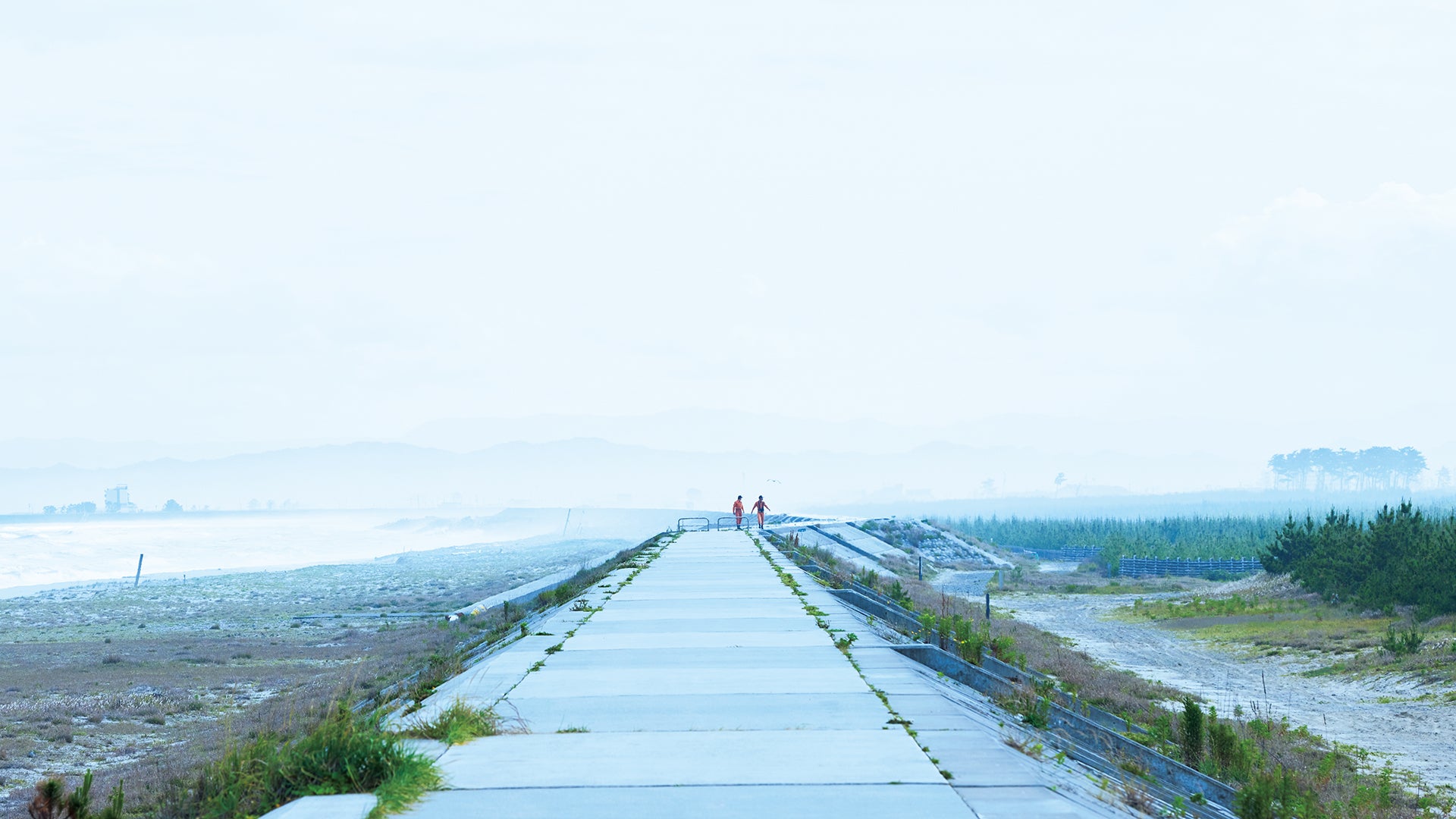
Uh, what should I do...?
Naomi Kajimura, planning director at NOMURA Co.,Ltd., Ltd., and her fellow designers who had come with her, looked at each other in surprise. In December 2021, in the disaster-stricken seaside area, where the cold winds of midwinter were blowing through, a bare landscape stretched as far as the eye could see.
Arahama and Fukunuma area of Sendai city. This area, with its beautiful pine forests along the coast, was once home to around 800 households and 2,200 people. Just inside the coastline runs the Teizanbori canal, which was dug in the time of Date Masamune for boat transport, and fishing is a thriving industry. Farmland stretches inland, and the locals lead a peaceful life, half farming, half fishing. The coast is beloved as the only Fukunuma beach in Sendai city, and in the summer it attracts more than 40,000 people. Above all, it was a seaside relaxation spot for Sendai residents, where they could easily drop by whenever they felt like it.
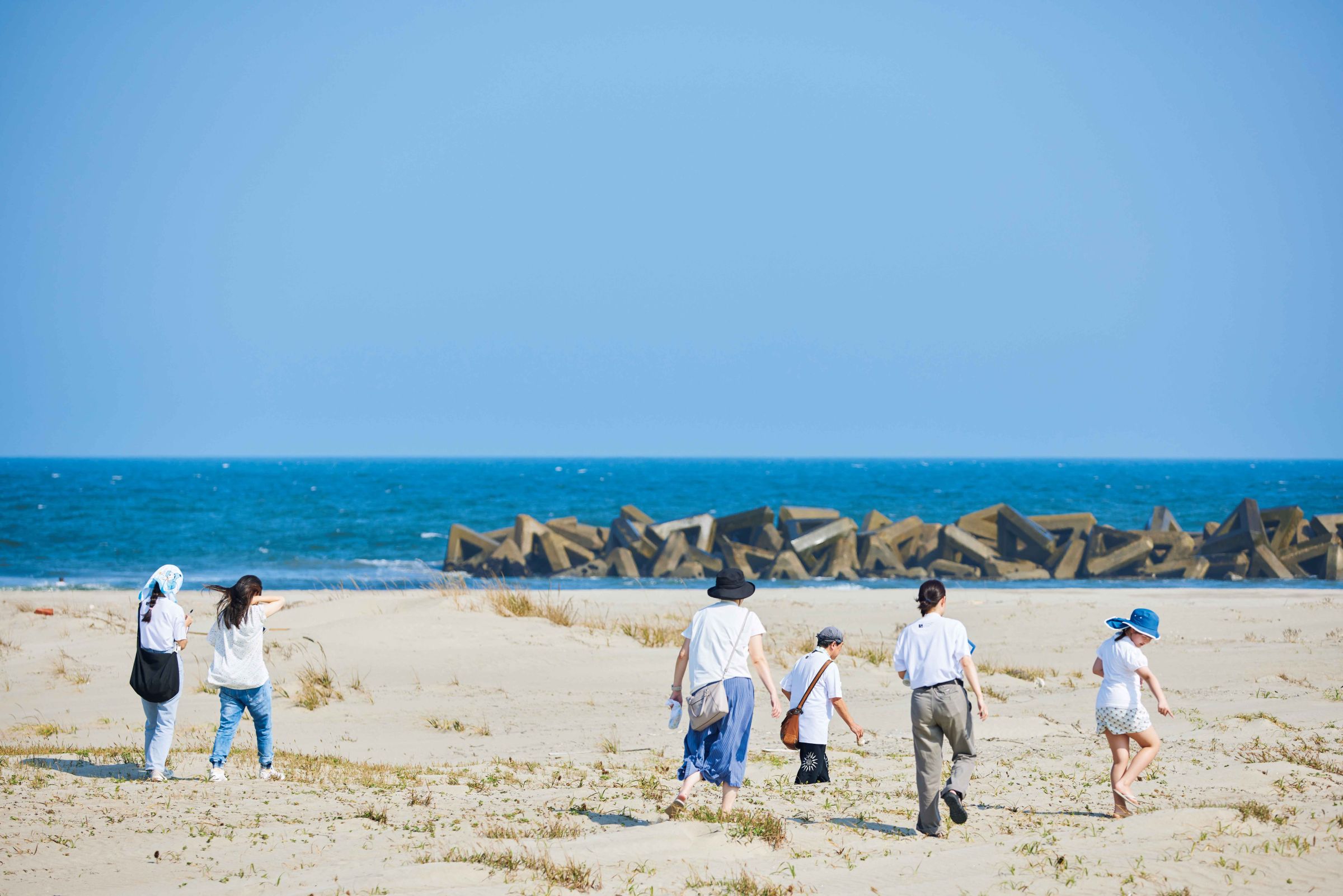
However, in 2011, the tsunami from the Great East Japan Earthquake hit this area, washing away not only houses but all of the infrastructure for daily life. After the disaster, the city of Sendai designated the coastal area around here as a disaster risk zone. While prohibiting people from living or staying overnight, the city bought up the land and asked former residents to relocate.
In 2017, Sendai City began to take steps to revitalize the area, which had long been untouched by reconstruction efforts as a disaster-prone area, by dividing the area into several blocks and leasing land to interested private businesses.
Although it will not be possible for people to live or stay overnight, the city envisioned "facilities for attracting visitors and staying there" such as sports and leisure facilities, parks, arts and culture facilities, restaurants, and shops. "Reconstruction tourism facilities" such as the Teizan moat and cycling roads. In addition, the city also included the idea of a "place for local interaction" to preserve the local culture and memories of the earthquake disaster.

One of the companies that responded to the public call for business operators was Konno Real Estate, a real estate company based in Sendai City. The company originally had ties to the Arahama and Fukanuma area, and as it became involved in the reconstruction plans for Sendai City, it raised its hand out of a desire to help with the reconstruction of the Arahama and Fukanuma area as well.
Konno Real Estate interviewed former residents to find out what kind of facility they should build. This area has always had a culture where neighbors were loosely connected to each other and cooperated in various aspects of their lives, and the word "yui-kko" (to cooperate) was so deeply rooted in the area. Even after the residents moved, many of them expressed a desire to revive the face-to-face relationships that existed in the Arahama and Fukunuma areas.
In response to these voices, the idea that reviving connections between people is essential for recovery was born, and the direction of creating a community base was solidified. Moreover, this community should transcend generations. It should be a place where the parent generation, who knew life before the disaster and remembered the disaster, could connect with the children's generation, who will carry the new culture and vitality.
Kajimura and his team were then entrusted with the specific planning.
We need to do something about this area.
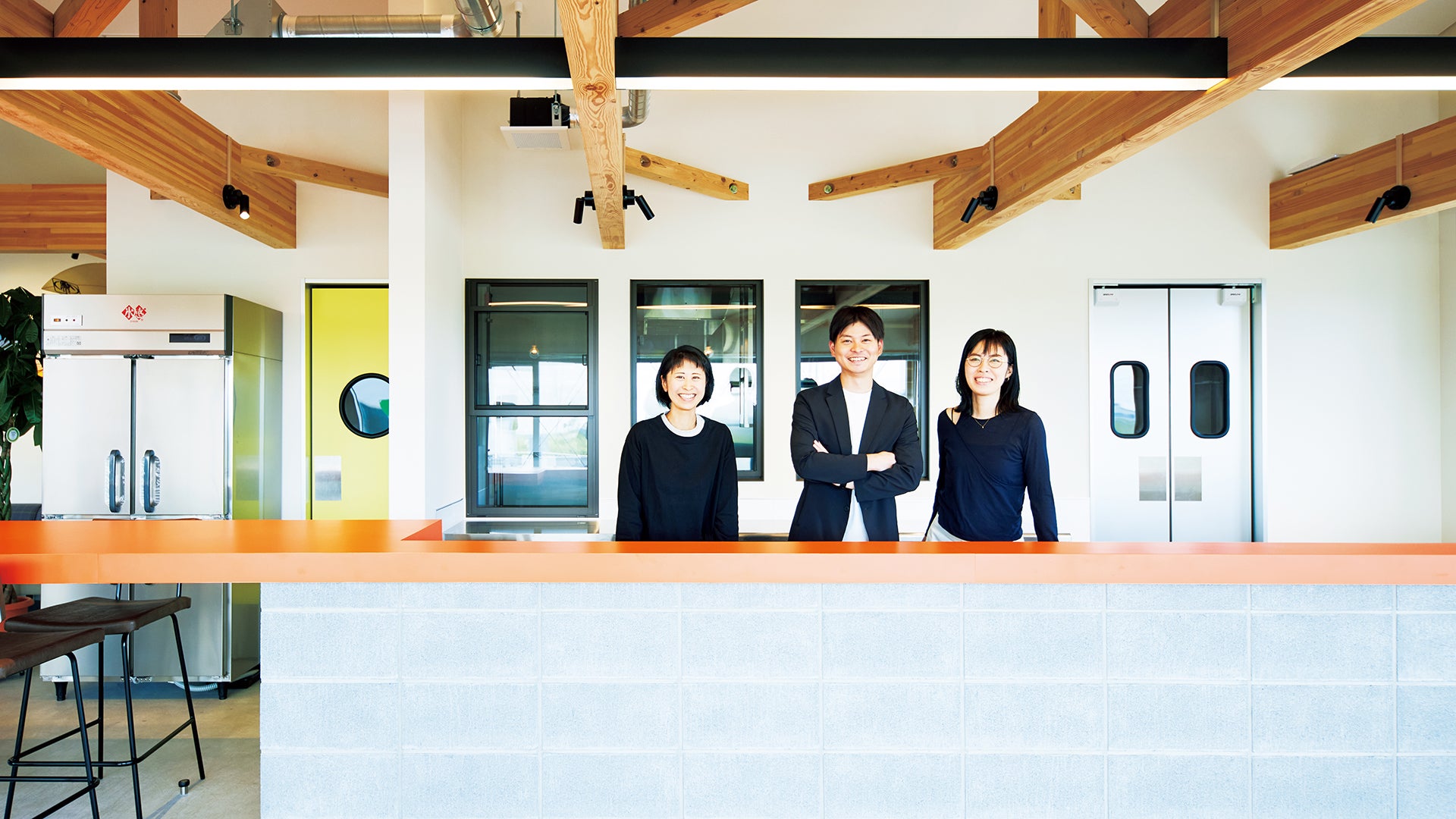
The first thing Kajimura did was to contact people with local networks.
"Even though it's called a community base, it's only because people go there on a daily basis that a community is formed. But how can you create a place where people can no longer live and where people won't come unless there's a purpose? For better or worse, the locals have a special attachment to the area, which is unique to disaster-stricken areas, and there are psychological hurdles as well. So we started by asking people with local networks to gather opinions, impressions and requests about the community base from various people and local businesses." (Kajimura)
One of the first people to contact was Tsuyoshi Tochiyama, community manager at STUDIO 080. STUDIO 080 is a co-working space run by Maruyama Transportation, based in Sendai. Due to his work, he has a wide network ranging from companies to students. After hearing the story, Tochiyama decided to first get young people to take action.
"We could have gone and interviewed them ourselves, but I thought that the younger generation should be at the heart of the community, so I basically had the students do the interviewing. I'm in charge of a lot of local companies, but because of the earthquake, they don't really feel very close to the Arahama-Fukanuma area. I hoped that having the students go and talk to them would create a good synergy effect. I've always felt that local companies have a strong desire to help with the recovery, and when it came to getting students involved in the recovery effort, I thought there would be many companies that would be willing to lend a hand." (Tochiyama)
Kajimura said that the results of Tochiyama and his colleagues' interviews were encouraging.
"There are a lot of people who want to do something about this area. They need to do something, but they're helpless and don't know what to do. They don't know how to help. So when we talk about a community base, people say they want to get involved somehow. Whether it's an individual or a company, the way they get involved will vary, but we feel like we can find something. Let's concept design something that would make people think, "I can get involved," and we started the project by coming up with various ways to get involved." (Tochiyama)
Adding color and sound to an empty space

As construction of the planned clubhouse proceeded, Kajimura wanted to start building the community by holding pre-events that would bring a sense of life back into the area.
"There used to be many houses here, and people lived here. Where there is life, there is always color and sound. But here there is nothing. The only sound you can hear is that of brown-eared bulbuls. The embankment has been built, and you can no longer hear the sound of waves. It felt very lonely, so I thought, why not start by creating color and sound and adding to this place as a pre-event? The process of preparing for the opening event could itself be a pre-event that the locals can share. It's like preparing for the school festival that you all took part in when you were a student. So I decided to consult with the locals." (Kajimura)
One of the people he consulted was Rie Numasato of Arai Town Management, a general incorporated association. Numasato is involved in building a town community in the Arai district, about 5km away from the Arahama and Fukanuma areas. The Arai district is connected to the subway from the center of Sendai, and many people have moved there from the Arahama and Fukanuma areas. Numasato, who consulted with him, said that she sensed a new movement in the area.
"I thought it was a fantastic plan. Construction on the clubhouse had already started, so the local people were excited to see what it would become, but when they heard about it, they were surprised to learn that a place like this was going to be built. I shared the idea with my friends who are involved in local activities, and they all reacted in a great way. People who used to live here and who have inherited feelings for the land are still active here and meet regularly, so there were high hopes that this place would become a hub for the people and businesses who originally lived here. Also, the local people have a very conflicting set of feelings, which can make it difficult for them to take action. I think having someone from outside like Kajimura step in has had the effect of improving ventilation." (Numasato)
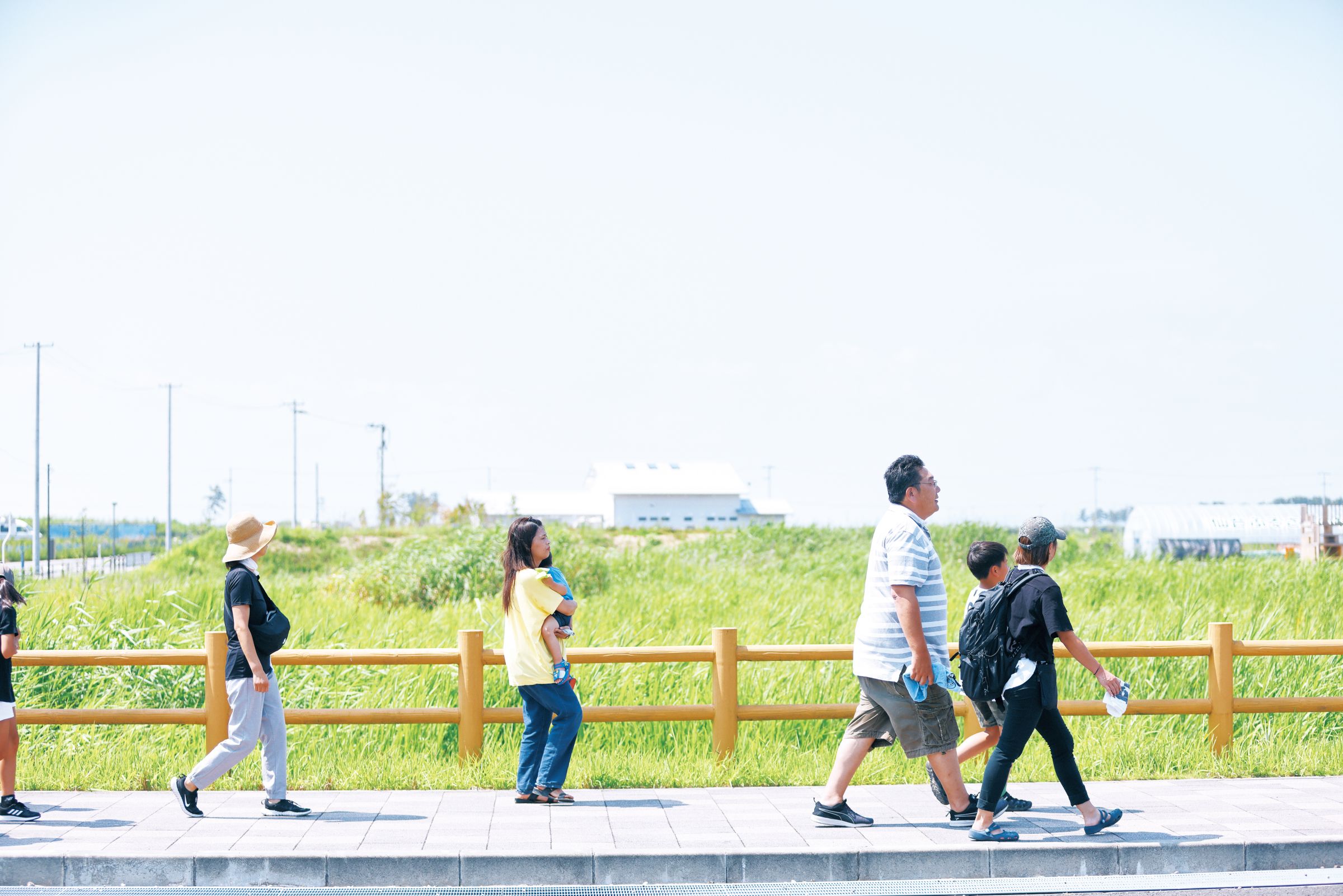
A space for everyone to create together
"Fukanuma Umi no Hiroba" is 1.3 hectares in size. The first facility to be built was a clubhouse. Based on the concept of "a building that fits the context of the local area," the structure was intentionally kept to the volume of a private home and followed the traditional gable roof style of the area. It was an open space that is welcoming to everyone, with an atmosphere of "seaside cafe" and "surf life and surf culture." The development policy for the facility was "a space created by everyone, for everyone," in the sense that it is a place where the people who gather here can create something on their own, rather than preparing something in advance.

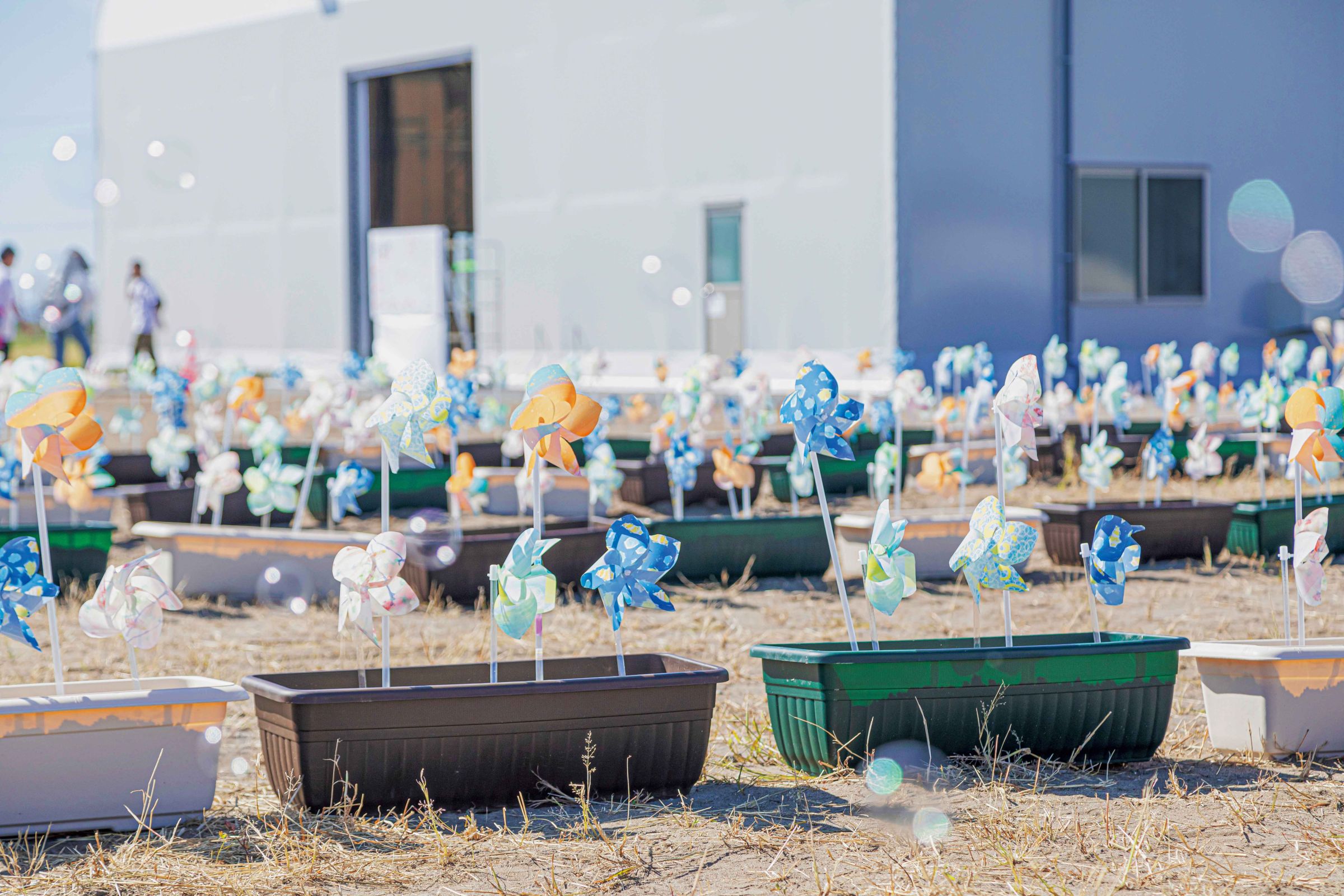
To coincide with the completion of the building, pre-events will be held in August and September 2023, followed by an opening event in October. The pre-event, which created colors and sounds, brought together a wide variety of people, who worked with over 700 windmills and textile artists to create fabric art that flutters in the wind. Parents, children, and students created two theme songs for the facility. The opening event also featured a program to unveil these songs. Many visitors across generations came to the facility, and musicians also participated, bringing ponies from the farm, bringing back the bustle to the Arahama and Fukanuma area for the first time in a long time.

A total of about 100 organisations and companies participated in the event and sponsored it. Tochiyama said he sensed future potential. "It's extremely difficult to create a community where there is nothing, and it was hard to come up with a plan. But with the facility as a base, various local companies got involved, and with young people at the core, the vibrations are growing. I feel like we've landed on that for now. Companies are very interested in nature and the SDGs these days, but here we could actually run something that makes use of nature. I think there are a lot of companies that would like to do something here."
Numazato also believes there is a possibility of creating new appeal for the region.
"Sendai City is promoting regional branding, and is aiming to make the coastal area an 'ocean resort.' Transportation here is convenient, with the expressway running right next to it, and Arai Station on the subway, which is about a 20-minute bike ride from here, is about 15 minutes from Sendai Station. Sendai Airport is within a 30-minute drive. We've also created a fruit orchard, and it looks like we'll be able to promote the area's natural beauty and delicious food."
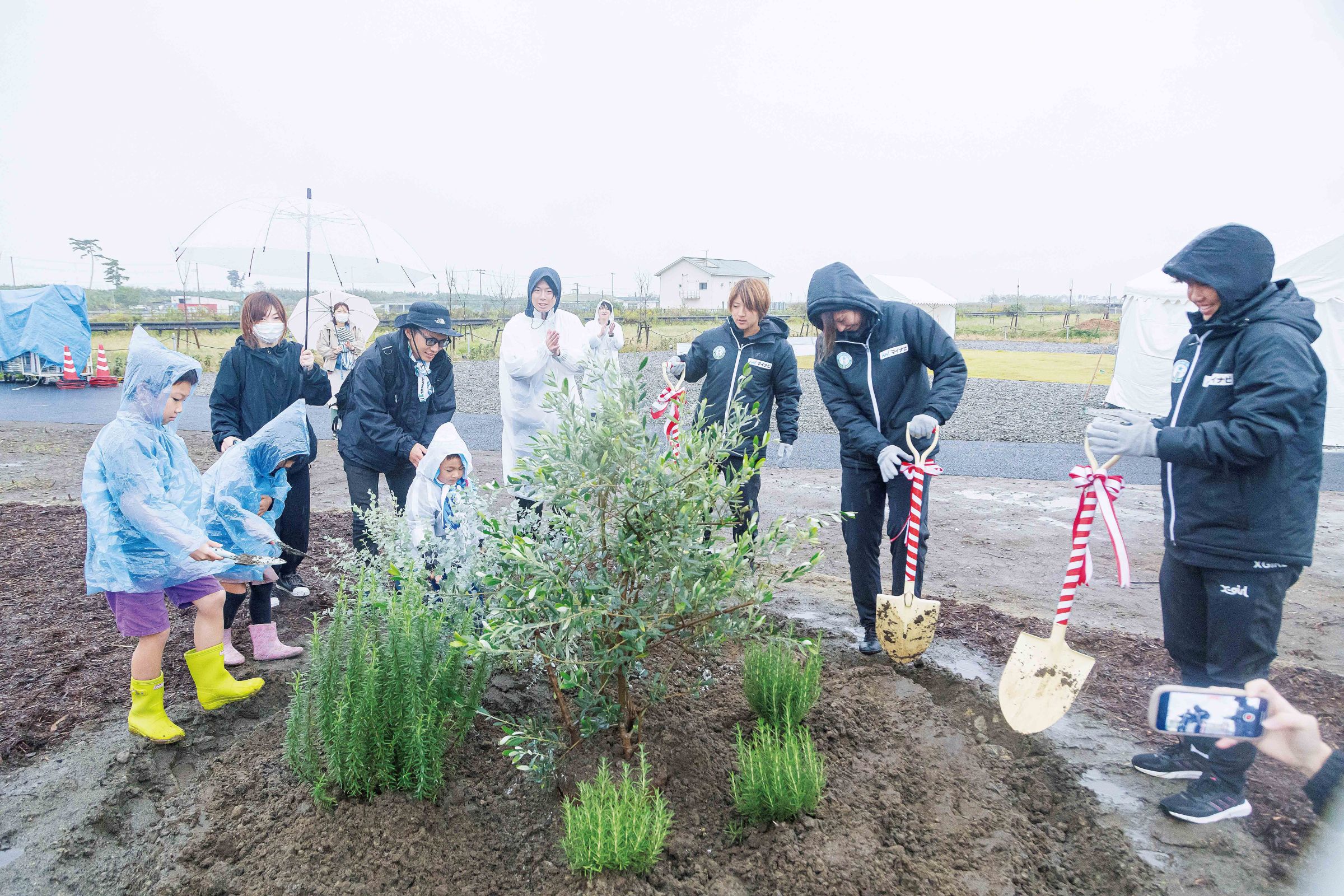
In the future, Fukanuma Umino Hiroba plans to build a multi-purpose studio adjacent to the clubhouse that can be used for community club activities. There are also plans to develop a farm for food experiences and a barbecue area, and the facilities will be improved little by little.
Kajimura says that building a community in the Arahama/Fukanuma area will be an extremely long-term challenge.
"To be honest, a community cannot be created in a year or two. The land we rented from Sendai city is under a 30-year contract, so we want to think long-term about what kind of community we should have in 30 years' time. This place will grow as the children grow. I would like to create a parent-child community where the children can bring their children when they become adults. We will expand our network and community circle by trying various ways of getting involved."
July 15, 2024. The Fukanuma Beach reopened for the first time in 14 years since the Great East Japan Earthquake. The reconstruction of the Arahama and Fukanuma area has just taken its first step.
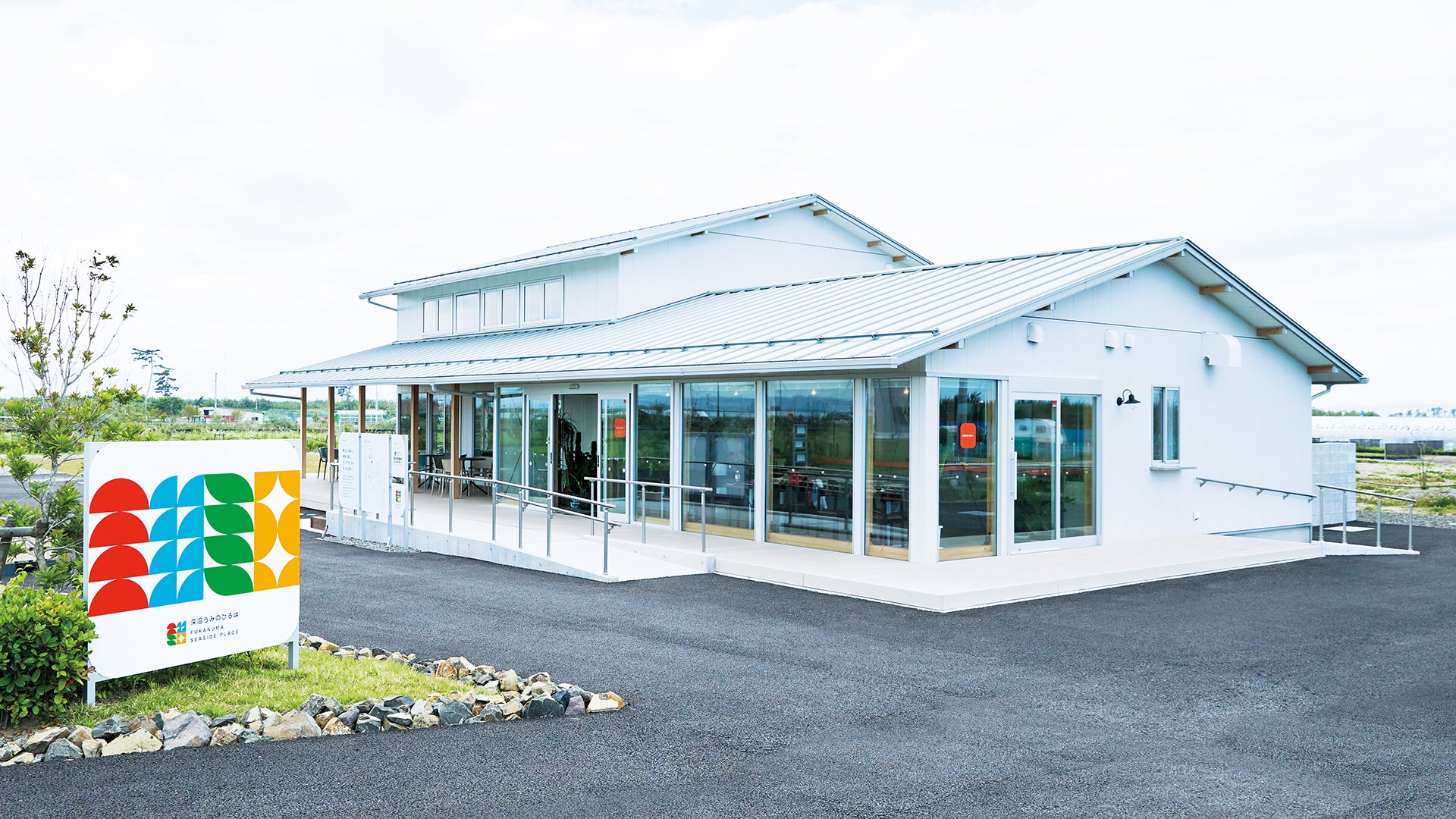
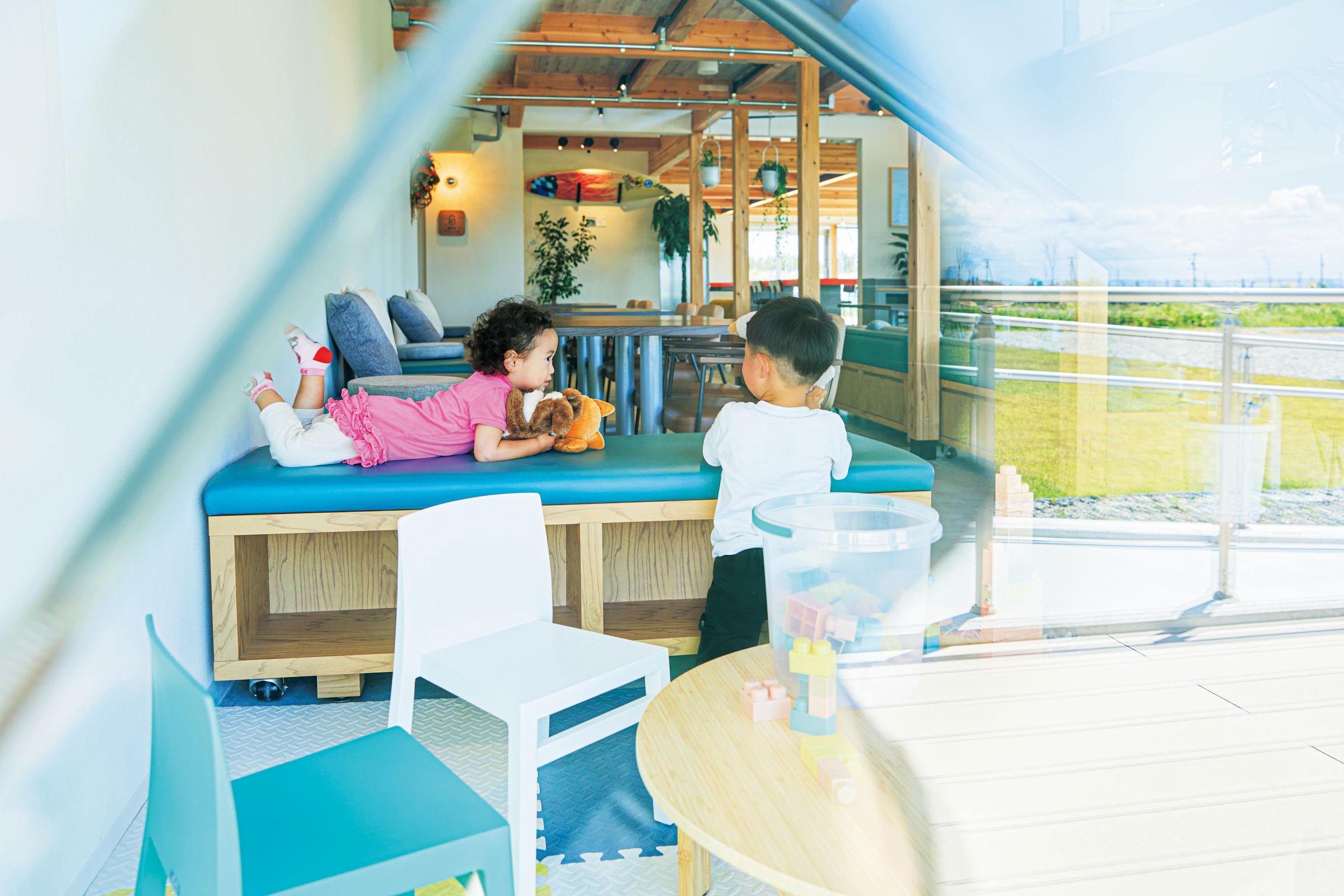
(Interviewed in June 2024. Titles in the article are those at the time of the interview.)
Interview and text by Tsuyoshi Nose (former editor-in-chief of Nikkei Trendy)
Photo = © Kazumi Kiuchi
Event photos provided by: MOREDRAW
profile
Rie NumasatoArai Town Management General Incorporated Association
Secretariat Deputy Director
Naomi KajimuraNOMURA Co.,Ltd.
Creative Headquarters, Planning and Production Center, Planning Department 2, Room 5, Room Chief
Tsuyoshi TochiyamaSTUDIO 080
Community Manager
NOMURA's Media
- NOMURA Co.,Ltd.SCENES
Please contact us using the button below if you have an inquiry, want to request a quote or request documents.
We have created a separate “FAQ page” that lists the most common questions we are asked.
Please take a look at this page if you have a question.
